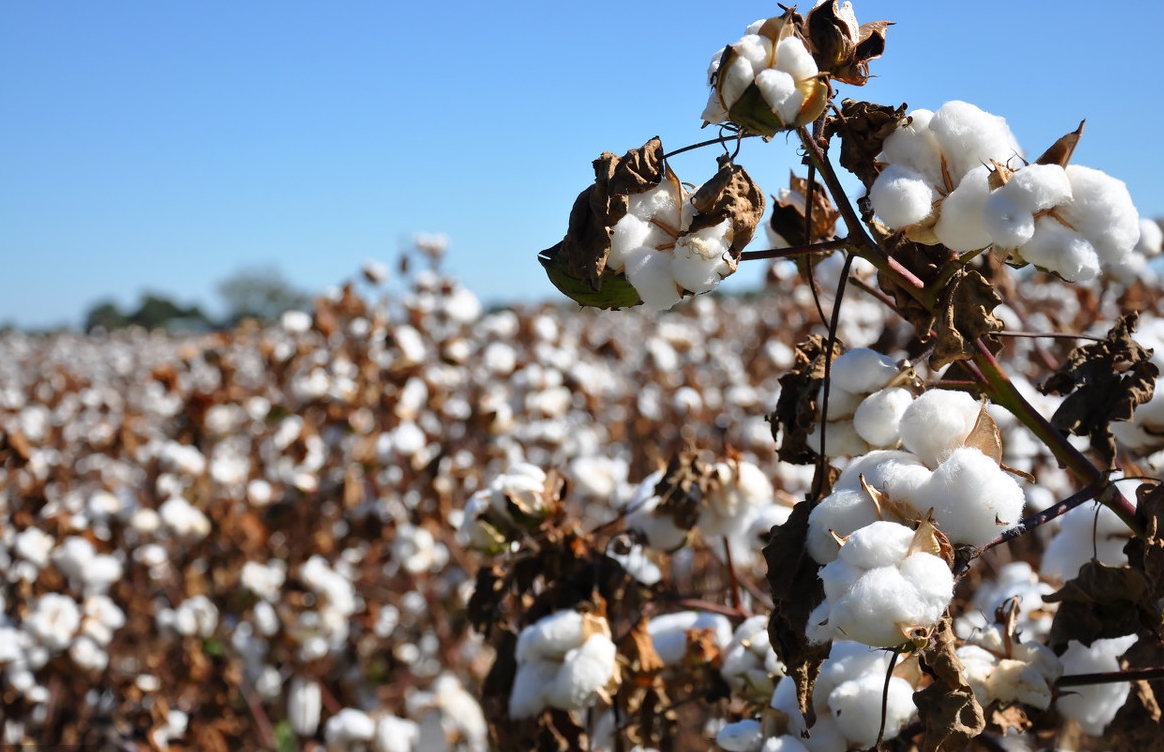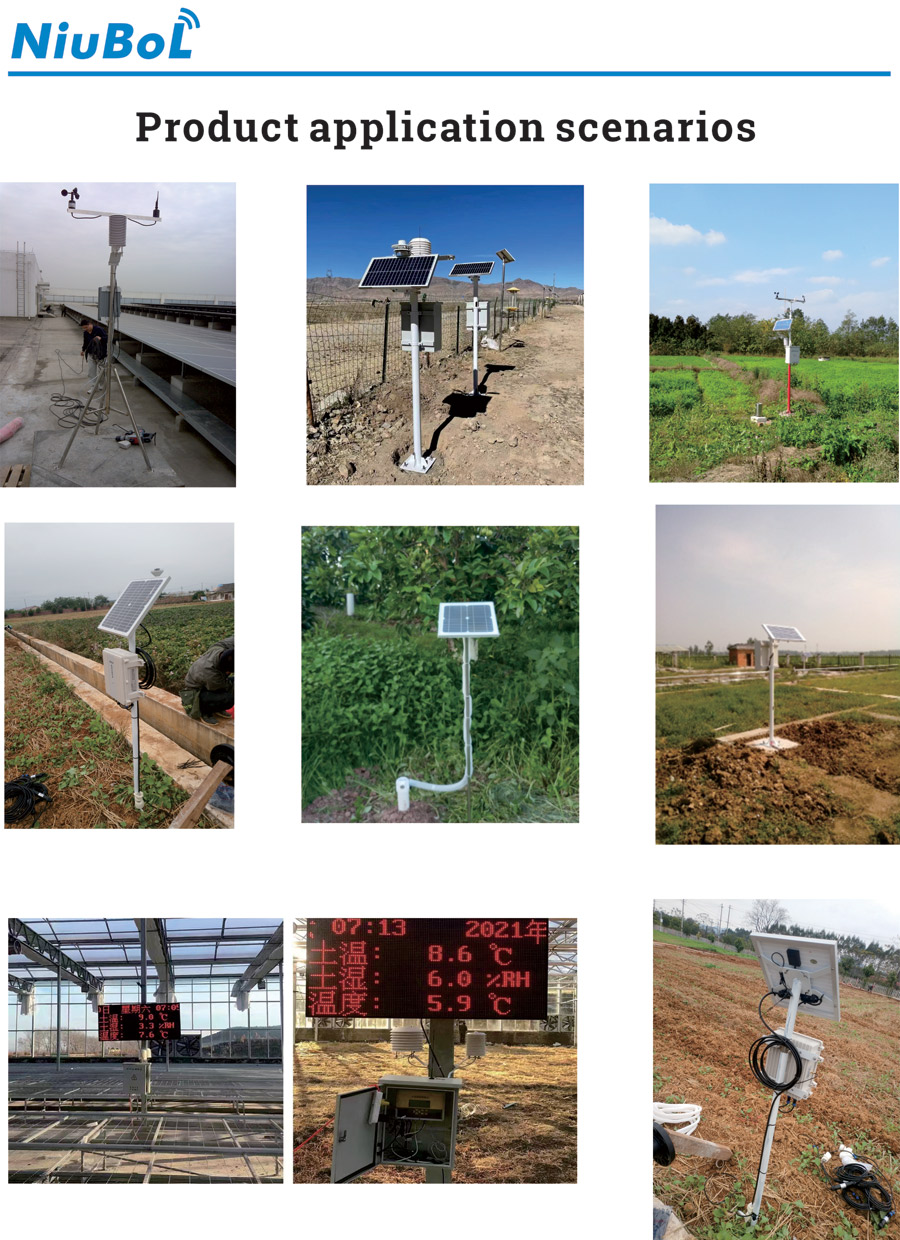

— Blogs —
—Products—
 Consumer hotline +8618073152920
Consumer hotline +8618073152920 WhatsApp:+8615367865107
Address:Room 102, District D, Houhu Industrial Park, Yuelu District, Changsha City, Hunan Province, China
Product knowledge
Time:2024-01-19 11:21:06 Popularity:519
Cotton is an important fiber crop widely used in the textile and garment industries. The following is an introduction to some of the major cotton producing areas:
1. China: China is one of the world's largest cotton producers, with major production areas including Xinjiang, Henan, Shandong, Hebei and Jiangsu. Xinjiang is the largest cotton producing province in China, and its special climatic conditions and large-scale irrigation make the region one of the main producing areas for high-yield cotton.
2. India: India is the world's second largest cotton producer, the main producing areas including Gujarat, Maharashtra, Andhra Pradesh and other places. India's favorable climate for cotton growth, coupled with extensive irrigation facilities and farmers' experience in cultivation, make India an important cotton exporter.

3. United States: The United States is one of the world's largest exporters of cotton, the main producing areas include Texas, California, Louisiana and other places. The United States of America's cotton planting to the high degree of mechanization and technology, high-yield and high-quality cotton varieties make the United States of America's cotton in the international market is highly favored.
4. Brazil: Brazil is the largest cotton producer in South America, the main producing areas include Mato Grosso, Baja, Goiás and other places. Brazil's climate and soil conditions are suitable for cotton cultivation, and the country's farmers have adopted modern planting techniques and management practices, making Brazil an important supplier of cotton.
5. Uzbekistan: Uzbekistan is the largest cotton producer in Central Asia, with the main production areas concentrated in the Fergana and Tursun basins. Uzbekistan's cotton is known for its long fiber and high quality, and the country's government has provided strong support for cotton farming and implemented planned economic management.
A weather station is a facility for observing and recording weather phenomena, designed to collect, analyze and disseminate meteorological data. It usually consists of several instruments and equipment, including thermometers, hygrometers, barometers, and wind speed and direction gauges.
The main function of a weather station is to provide accurate weather data and forecast information to help people understand and cope with different weather conditions. The following are some of the main functions and roles of a weather station:
1. Meteorological observations: Meteorological stations make observations of meteorological elements, such as temperature, humidity, barometric pressure, precipitation, wind direction and speed, etc., through a variety of instruments and equipment. These observations are essential for meteorological studies, weather forecasting and climate analysis.
2. Weather forecasting: Observations collected at weather stations are used to generate weather forecasts. By analyzing current weather data and model predictions, weather stations can provide accurate weather forecast information for the next few hours, days, or longer.
3. Weather alerts: Weather stations can issue various weather alerts, such as typhoon alerts, rainstorm alerts and cold wave alerts. These alerts can help the public and relevant departments to take necessary measures to cope with extreme weather and natural disasters.
4. Meteorological research: Observation data collected by meteorological stations are widely used for climate research, meteorological model development and climate change analysis. These data are of great significance to the in-depth understanding of the Earth's climate system, the prediction of climate trends and the response to climate change.
5. Agriculture and environmental management: Meteorological data from weather stations are also important for agriculture and environmental management. Farmers can use meteorological data to develop planting plans, irrigation management and pest control strategies. Environmental authorities can use meteorological data to monitor and assess air quality, water resource management and natural disaster risks.

1. Provision of accurate climatic data: Meteorological stations provide accurate climatic data by recording and monitoring meteorological elements such as temperature, precipitation, humidity and wind speed. These data are invaluable to farmers, helping them to understand current climatic conditions, as well as future weather trends. For cotton cultivation, reasonable climatic conditions are crucial for seed germination, seedling growth, flowering and fruiting, and other key stages. With the data provided by weather stations, farmers can make planting plans and management strategies based on specific climatic conditions to maximize cotton yield and quality.
2. Predicting the outbreak and spread of pests and diseases: Data from weather stations can also be used to predict the outbreak and spread of pests and diseases. Certain pests and diseases are more likely to reproduce and spread under certain climatic conditions, such as high humidity and favorable temperatures. By analyzing weather data, farmers can predict the probability of occurrence and spreading trend of pests and diseases, and take appropriate control measures in time to protect the health and yield of the cotton crop.
3. Irrigation management: Cotton has a high demand for water, and appropriate irrigation management is crucial to its growth and development. The precipitation and evapotranspiration data provided by weather stations can help farmers understand the water status in the soil and rationally arrange the irrigation time and water consumption according to the actual situation. For example, in case of insufficient precipitation, farmers can decide whether supplemental irrigation is needed based on the data provided by weather stations to meet the water demand of cotton and ensure the normal growth of the crop.
4. Predicting yield and harvest time: By analyzing historical weather data and current weather conditions, weather stations can help farmers predict cotton yield and maturity. For example, factors such as temperature and hours of sunshine have an impact on the growth rate and flowering time of cotton, through the monitoring and analysis of these factors, farmers can better arrange the harvest time and picking order to obtain the best yield and quality.

In summary, the weather station plays an important role and value in cotton cultivation. It provides accurate climate data to help farmers develop planting plans and management strategies; predicts the outbreak and spread of pests and diseases and takes timely control measures; assists in irrigation management to ensure water supply; and predicts yield and harvesting time to optimize cotton yield and quality. This information is important for farmers to help them make informed decisions and improve the efficiency of cotton production.
Agriculture-Sensors-Weather-Stations-Catalog-NiuBoL-New.pdf
Related recommendations
Sensors & Weather Stations Catalog
Agriculture Sensors and Weather Stations Catalog-NiuBoL.pdf
Weather Stations Catalog-NiuBoL.pdf
Related products
 Combined air temperature and relative humidity sensor
Combined air temperature and relative humidity sensor Soil Moisture Temperature sensor for irrigation
Soil Moisture Temperature sensor for irrigation Soil pH sensor RS485 soil Testing instrument soil ph meter for agriculture
Soil pH sensor RS485 soil Testing instrument soil ph meter for agriculture Wind Speed sensor Output Modbus/RS485/Analog/0-5V/4-20mA
Wind Speed sensor Output Modbus/RS485/Analog/0-5V/4-20mA Tipping bucket rain gauge for weather monitoring auto rainfall sensor RS485/Outdoor/stainless steel
Tipping bucket rain gauge for weather monitoring auto rainfall sensor RS485/Outdoor/stainless steel Pyranometer Solar Radiation Sensor 4-20mA/RS485
Pyranometer Solar Radiation Sensor 4-20mA/RS485
Screenshot, WhatsApp to identify the QR code
WhatsApp number:+8615367865107
(Click on WhatsApp to copy and add friends)